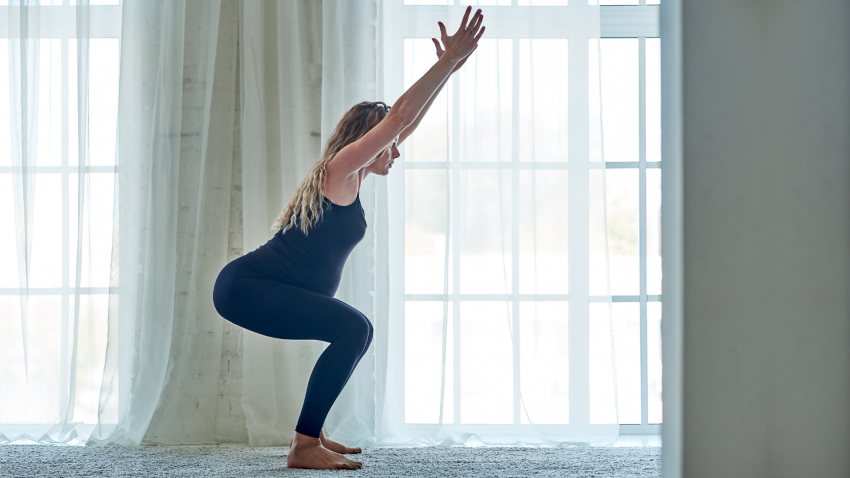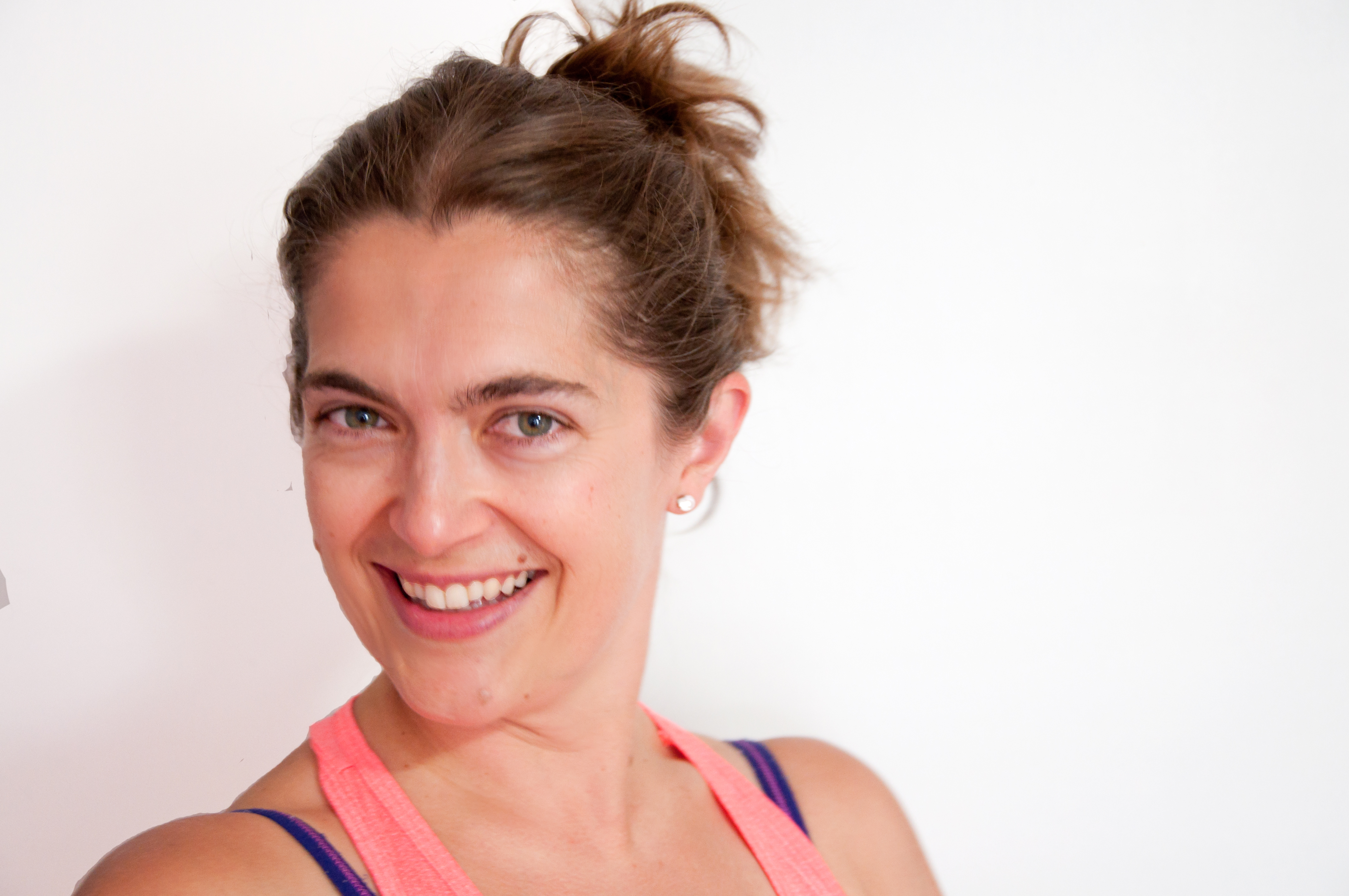View basket (0 items $0.00)

Yoga and Pregnancy: 6 Tips for Postpartum Care
Pregnancy and birth are major events for your body. This alone heightens your risk of pelvic floor dysfunction. We still must take the time to lay the foundation of function, strength, and strategy.
Pregnancy and the Pelvic Floor
Here are some of the reasons why we still need to focus on the health of the pelvic floor after birth:
-
The downward pressure of your baby on your pelvic floor muscles and connective tissues in pregnancy and birth can stretch these soft tissues leaving them more lax than normal.
-
Your expanded uterus puts pressure against your other pelvic organs, including the bladder and rectum, and can disrupt their normal function.
-
C-section incisions and scars can impact pelvic floor function, leading to such things as urethral burning, feeling like you need to pee more often than usual, leaking urine, and/or pain in the clitoris and labia.
-
The alignment changes that happen during pregnancy and postpartum (for example, constant standing with your bum tucked under or with your ribcage thrusting upward) can affect the tone of your pelvic floor muscles, potentially creating high tension in them.
-
Tightness in the pelvic floor can lead to a loss of strength.
-
There are hormonal changes that occur in pregnancy and postpartum (particularly if breastfeeding) that can affect the function of connective tissues, potentially making them laxer. This could affect the pelvic floor and pelvic organ support.
6 Ways to Take Care of Your Postpartum Self
1. Rest: Rest as much as possible, when possible. Many birth professionals advise moms to spend the first week in bed with the baby as much as they can
2. Feet Up: Stay off your feet for lengthy periods during the times your baby doesn’t need you to be on your feet.

3. Stretch: Gentle stretching in whatever forms feel supportive, relaxing, and gentle on mom’s body (chest, hip flexors, glutes are typical areas that feel stiff). Relaxing yoga poses that expand the chest and soften the shoulders, along with poses that release tension in the hips, are a good place to start.
4. Walking/Exercise: Commit to a walking and exercise schedule that eases your body back into its normal activities. Here are some guidelines:
Week 1: Keep walking time minimal, for example, from the bed to the bathroom, around the house, and baby-related care. Limit stairs, especially in the case of pelvic floor trauma or Caesarean section.
Week 2: If you’re interested and feeling well, venture out for some short, slow strolls around the block (5-10 minutes at a time). Notice how you feel during and after, and if you notice any impairments to recovery the next day (e.g., more soreness in the perineum, C-section incision, increased bleeding, more fatigue, etc.).
Week 3: Short, slow strolls around the block (5-15 minutes at a time). Notice how you feel during and after, and if you notice any impairments to recovery the next day (e.g., more soreness in the perineum, C-section incision, increased bleeding, more fatigue, etc.).
Week 4 and beyond: Build up your distance and speed slowly noticing how you feel after each progression
From Week 2 (vaginal birth) or Week 4 (c-section), you can slowly start working on diastasis recti-safe core work. All moms should do this, whether you feel a gap or not.

5. Alignment: Vary body alignment in daily life. Support the body well in nursing/baby-feeding positions that allow you to relax.
6. Breathing: Remind yourself to simply keep breathing, especially in times of carrying and caring for the baby. You can use an “exhale on exertion” and/or an “exhale through exertion” strategy for times when you’re getting up from the floor, with or without the baby in arms, when going from seated to standing, when pushing yourself up from side lying in bed, etc.
Check that you are using the correct breathing patterns with this video:
Priorities: Your priorities should be your recovery needs and health and your baby’s care. Everything else can wait a few weeks. Take these weeks first weeks after birth to make you a priority.
Reprinted with permission from Katrina Oakley.
 Katrina Oakley - A certified postpartum corrective exercise specialist and posture specialist, who helps moms around the world move without pain and stop peeing their pants.
Katrina Oakley - A certified postpartum corrective exercise specialist and posture specialist, who helps moms around the world move without pain and stop peeing their pants.
Get her free beginners program here: http://drbeginnersprogram.katrinaoakley.net
Featured Courses








